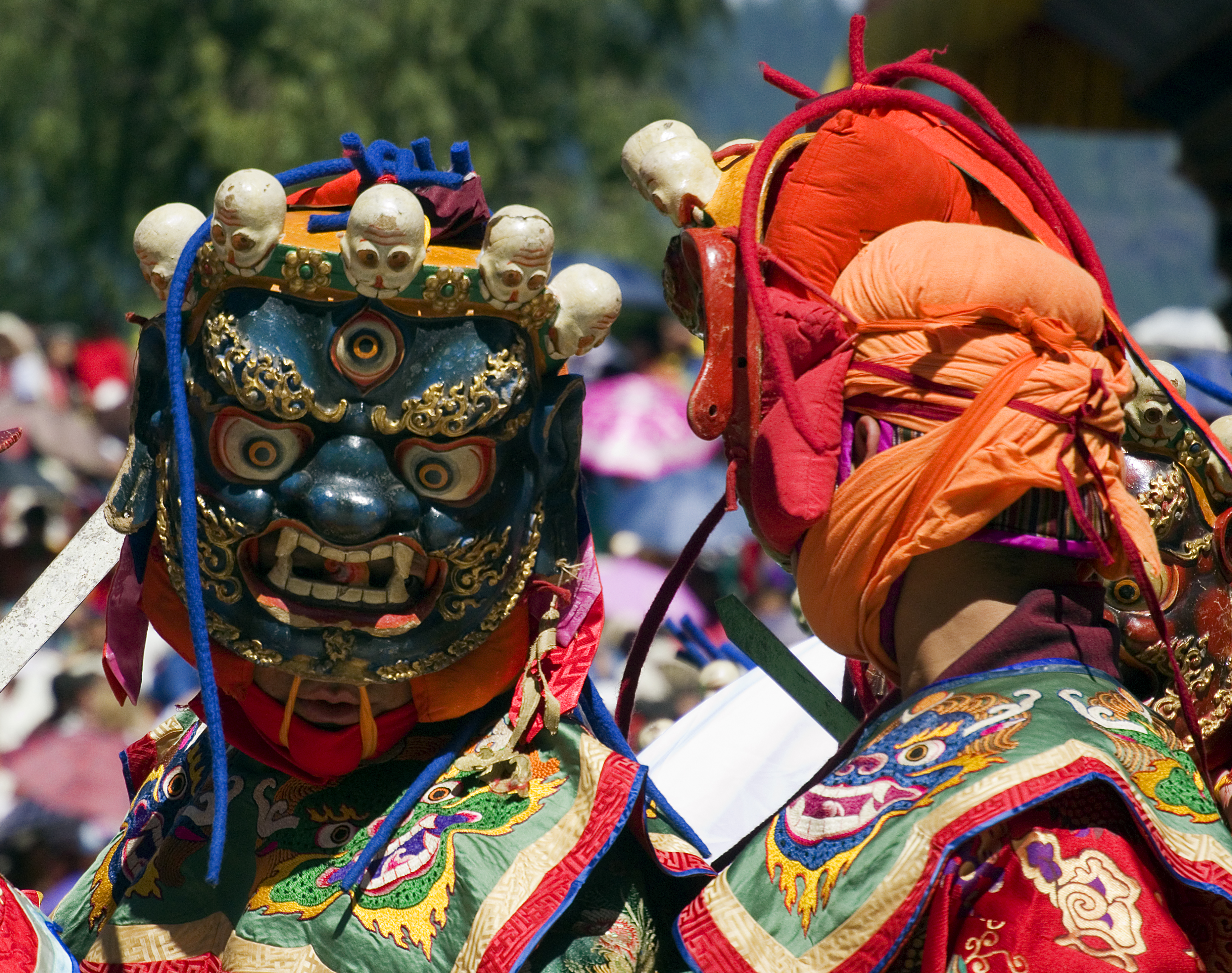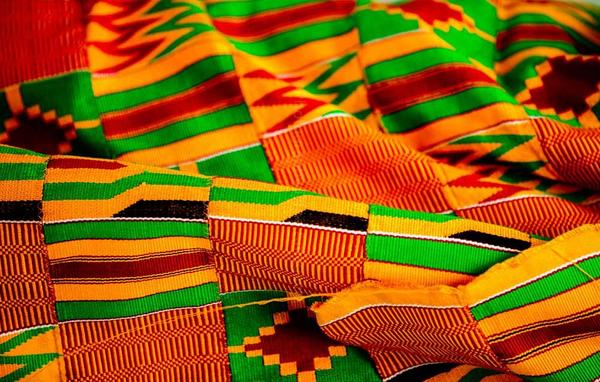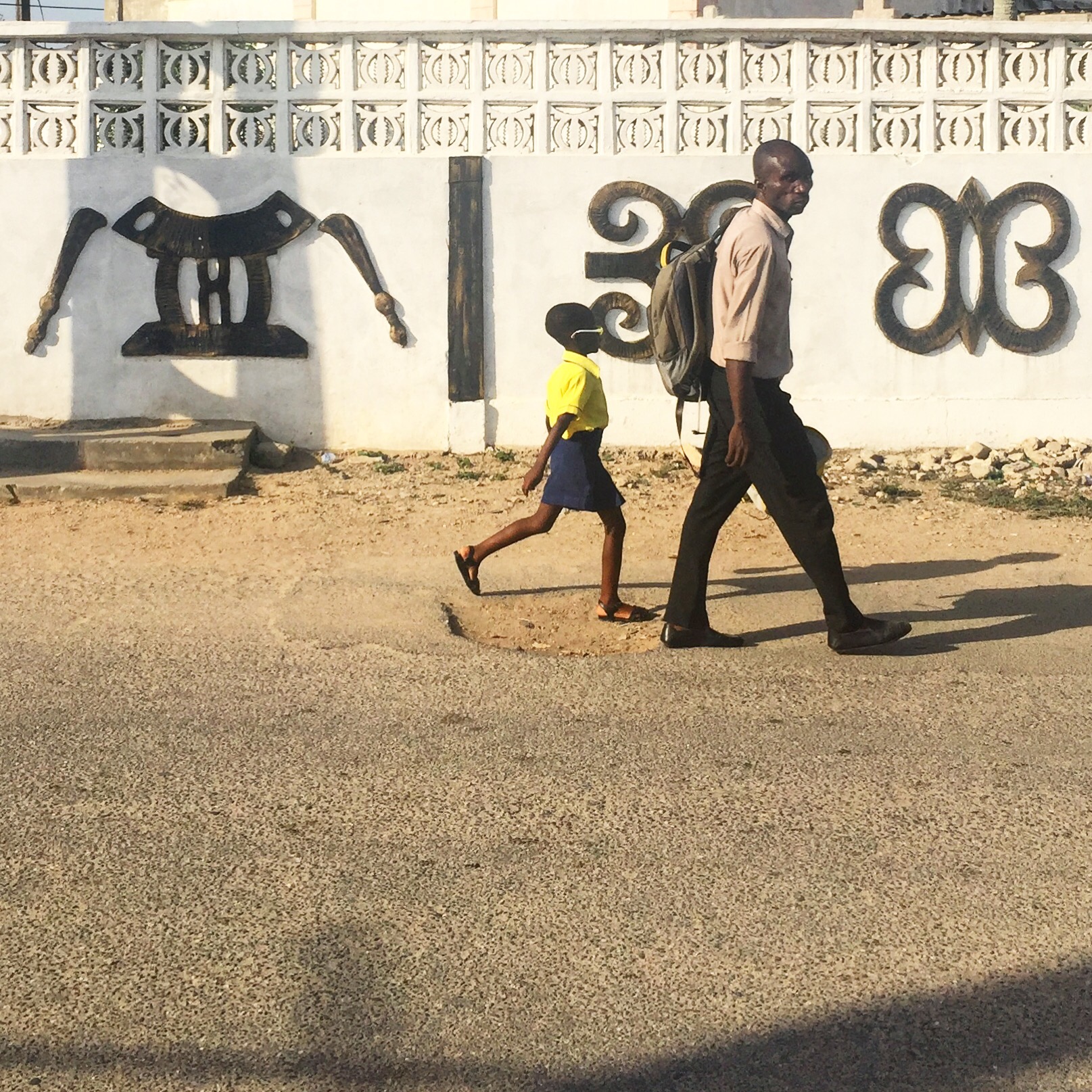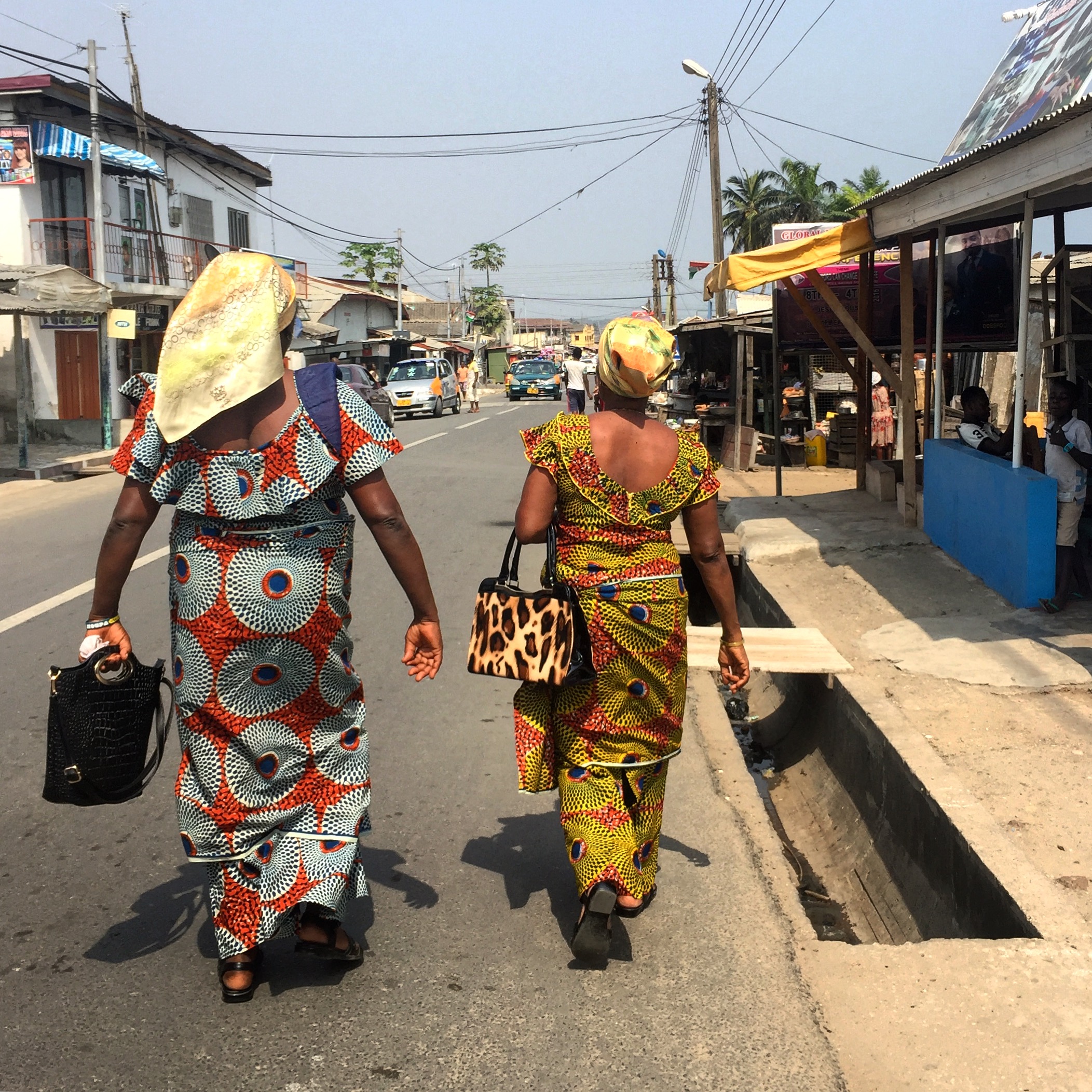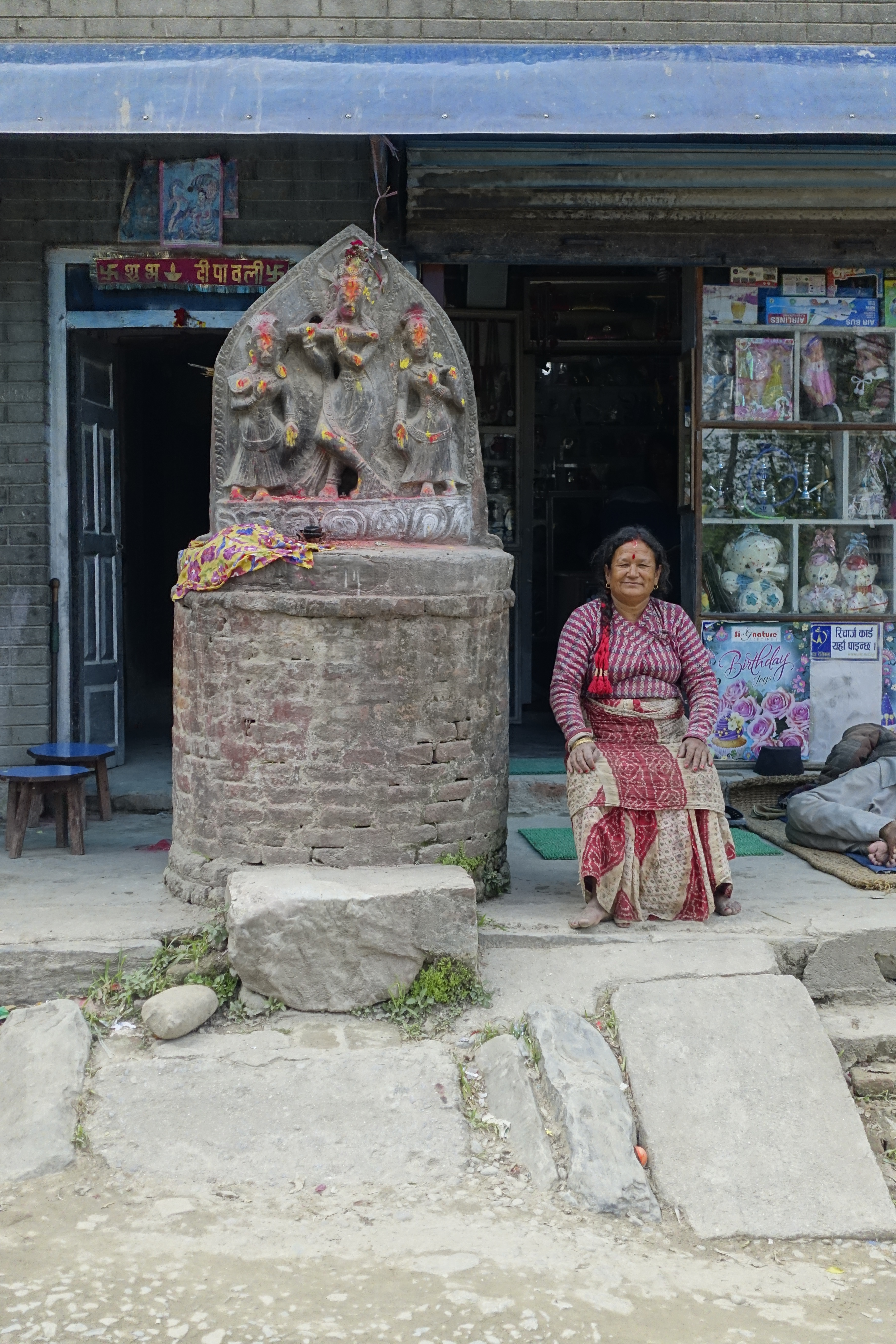A friend once told me, “You can tell that God loves Scotland, because he cut off all the tops of the best mountains, and put them there.” At the time, I was living in Michigan, decidedly devoid of anything close to mountains. Since then, I’ve lived in the Cascades, hiked in the Himalayas and Rockies, and wondered at the Alps. I can say that the Scottish Highlands can hold their own against these majestic ranges.
Tag: culture
A Glimpse at the Thimphu Teschu
When visiting a new culture, there is nothing that I love more than experiencing, attending or participating in a local festival. Just this past weekend was my town’s annual Aboakyer Festival, and once again it was a delight to join in the festivities. So when I was planning my trip to Bhutan, I knew I wanted to time it to coincide with a festival there, and as the calendar would have it, I was able to attend one of the biggest festivals, the Thimphu Tshechu.
6 Ghanaian Proverbs and Idioms
One of the things that I really like about living in another country and culture is learning about the various tools each culture uses for communication. In Ghana, being direct with your words can interfere with the social harmony, as so communicating indirectly via proverbs is very common. Not only that, but there are a number of idioms that can be strategically used as well. Here are some of my favorites that I’ve heard*.
more “6 Ghanaian Proverbs and Idioms”
Living in Ghana: A How-To Guide
No matter what country you consider yourself from originally, moving to a new country comes with learning a whole new way of doing things. Here in Ghana, that can mean learning a whole new way of getting around town, getting around the country, getting new clothes and even how to eat.
Kente: Ghana’s Premiere Textile
In 1958, one year after gaining independence, President Kwame Nkrumah made a visit to Washington D.C. adorned in a rich kente cloth draped around his body. This touched off the use of kente among many Black Americans as it became adopted as a symbol of African history and pride. Muhammad Ali wore kente for much of the duration of his visit to Ghana in 1964. But what exactly is kente?
Adinkra Symbols: Communicating Without Words
It’s difficult to go anywhere in Ghana and not notice the use of artistic symbols. They are seemingly everywhere: painted on walls, in the backs of plastic chairs, painted on signs, incorporated in cloth patterns and more.
The most ubiquitous is one that is round, kind of like if the “no” symbol, a circle with a slash through it, didn’t have the circle completed and there were bumps on the middle slash. These are adinkra, a part of the Asante culture that has spread throughout Ghana.
Ghana’s Coded Messages on Taxis and Tro-Tros
Travel around Ghana via road travel, and you’ll soon notice phrases plastered on the back windows or hatches of taxis and tro-tros (public transport vans). Many of them reference religious beliefs, but some of them are a bit more eyebrow raising.
Smocks and Kabas and Slits: Ghana’s Traditional Wear
Clothes are an integral part of any culture. They are used to denote status and rank, for spiritual purposes, for storytelling, for connecting with ancestors and any number of other things. They are also one of the most easily spotted and recognized marker of a specific culture. In Ghana there are a few pieces of clothing that are the traditional wear, and while it they may vary across ethnic groups, nationalism has allowed them to spread throughout the country.
Don’t Let Nepal’s Prayer Flags Confuse You
Mention Nepal and the picture that comes to mind is that of impossibly tall mountains viewed from a pass that is adorned with flapping, colorful Tibetan prayer flags. Photo journals from any of the variety of hikes are certain to include the flags along with prayer wheels and Buddhist stupas along the routes. With all of these being a big part of the image of Nepal, you could be forgiven for believing that Nepal is mostly a Buddhist country.
In fact, more than 80 percent of Nepalis are Hindu.
Only By God’s Grace in Ghana
By His grace.
This is my response to any number of requests or statements ranging from requests for me to take someone to the United States to whether I’ll make it to an event.
By God’s grace.
With that simple little phrase, I’ve shifted from a view that through my own work and effort I can make something happen to the view that I’m at the mercy of fate and God’s will. I don’t even believe in God. But, the people of Ghana sure do. And to be a part of the culture here, I participate in the recitation of a phrase that absolves me of control and accepts that the universe may have its own plans.


